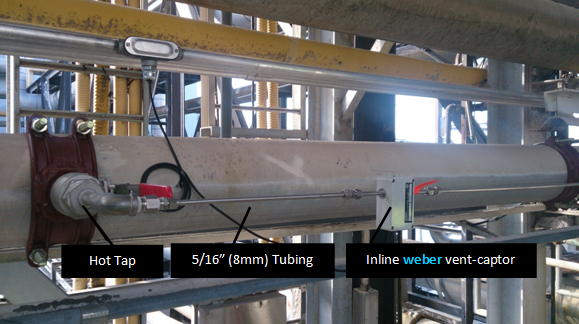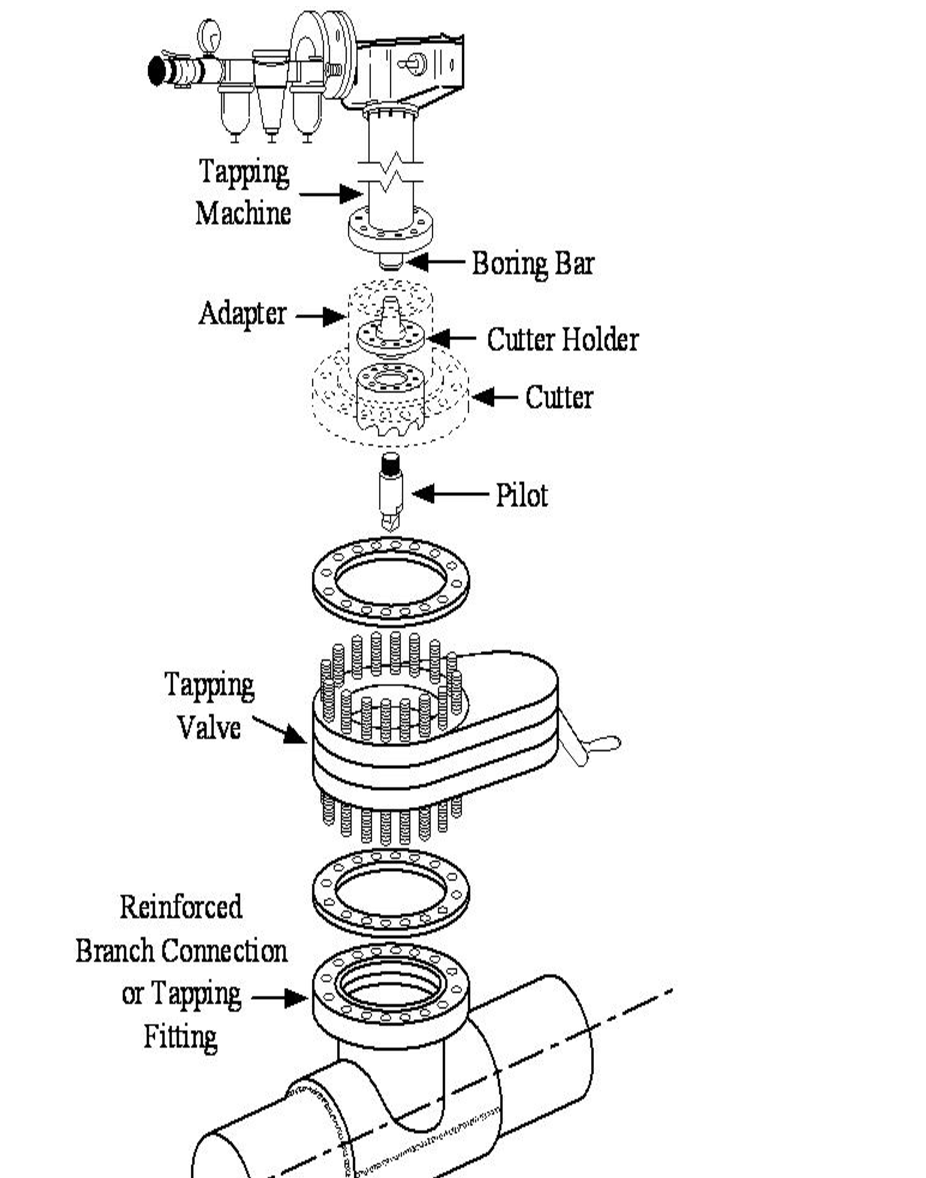
Hot tapping is mostly required in the industry where system cannot be shut down and normally inserting the compressed air flow meter or making new connction to the new system or machine.
In effect, the process enables the container that is being operated on to continue functioning as normal, meaning that downtime can be avoided and pipelines can continue throughput with the minimum of interruption.
Hot tapping is used to make repairs where corrosion or other types of physical damage have occurred to a particular system, but it can also be applied for modification or upgrade work.
The oil and gas transmission and distribution industries will often need to make new connections to pipelines in order to expand or modify existing systems. When the complications of working in extreme environments with volatile materials (often under pressurised conditions) are taken into account, the process has previously been both dangerous and expensive.
Shutting down a portion of the system in order to make safe working conditions has been necessary prior to the introduction of hot tapping methods, and as well as economically damaging downtime there will also be negative environmental aspects such as methane emissions to take into account.
Hot tapping allows a new pipeline connection to be made while the network remains in service.


 Malaysia
Malaysia